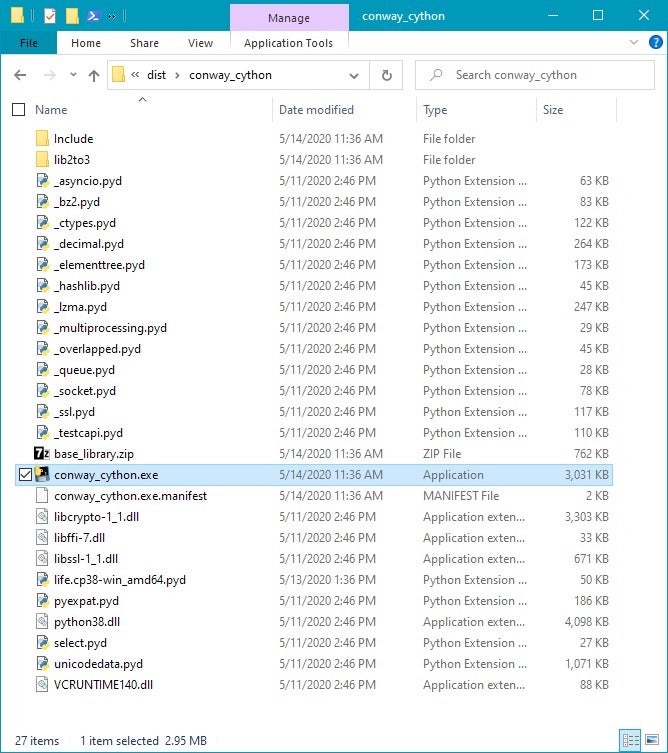

That should take you to the Environment Variables screen, where you can add/edit your paths. Go to the Advanced tab and then click on the ‘ Environment Variables…‘.Type sysdm.cpl to open the System Properties.Press the Windows Key + R on your keyboard in order to open the Run dialog box.If you wish to stick with the previous version of Python, you may apply the steps below to manually add Python to Windows path.įirst, navigate to the Windows Environment Variables screen (where you can add/edit your paths): Method 2: Manually add Python to Windows Path

You can easily add Python to Windows path by downloading a recent version of Python, and then checking the box to Add Python to PATH at the bottom of the setup screen:įinish the installation, and you should be good to go.Īlternatively, you may manually add the paths into the Environment variables. Method 1: Install a Recent Version of Python Via the installation of a recent version of Python.In this guide, you’ll see two methods to add Python to Windows path: There are few ways to add Python to Windows PATH.


 0 kommentar(er)
0 kommentar(er)
